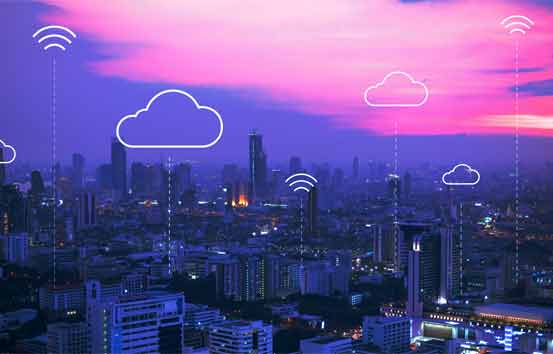While the vision for interconnected networks of “things” has existed for several decades; its execution has been limited due to an inability to create end-to-end solutions. Particularly the absence of a compelling and financially-viable business application for wide-scale adoption.
Decades of research into pervasive and ubiquitous computing techniques have led to a seamless connection between the digital and physical worlds. Facilitating an increase in the consumer and industrial adoption of Internet Protocol (IP)-powered devices. Several industries are now adopting creative and transformative methods for exploiting the ‘Code Halo’ or ‘data exhaust’ that exists between people, processes, products, and operations.
Currently, there are endless opportunities to create smart products, smart processes, and smart places, nudging business transformation across products and offerings. Smart connected products offer an accurate insight into how customers use a product, how well the product is performing, and a fresh perspective into overall customer satisfaction levels. Moreover, companies that previously only interacted with their customers at the initial purchase can now establish an ongoing relationship that progresses positively over time.
Let’s begin with considering the immediate future – in the next few years, the term ‘IoT’ will cease to exist in our vernacular. The discussions will instead shift to the purpose of IoT and the business transformation that is realized. We will see the emergence of completely new business models, products-as-a-service, smart cities, intelligent buildings, remote patient monitoring capabilities, and industrial transformational models. Order-of-magnitude improvements will be at the forefront as business intelligence boosts efficiency, waste reduction, predictive maintenance, and other forms of value.
The capturing of ambient data from the physical world to develop better products, processes, and customer services will be a core aspect of every business. The conversation will shift from how things are to be ‘connected’ and focus more on the insights gained from the instrumentation of large parts of the value chain. IoT technologies will become a commodity.
The real value will be unlocked through the analytics performed on the massive streams of contextual data transmitted by the ‘digital heartbeat’ of the value chain. IoT will form the crux of how products operate and the way physical business processes progress. In the future we expect the instrumentation-to-insights continuum to become the standard method of conducting business.
Layers of an IoT Architecture
Incorporating connectivity, computation, and interactivity directly into everyday things is dependent on organizations and requires an in-depth understanding of industry business problems, new instrumentation technologies and techniques, and the physical nature of the environment being instrumented.
Generally, IoT solutions are characterized by three-tier architecture:
